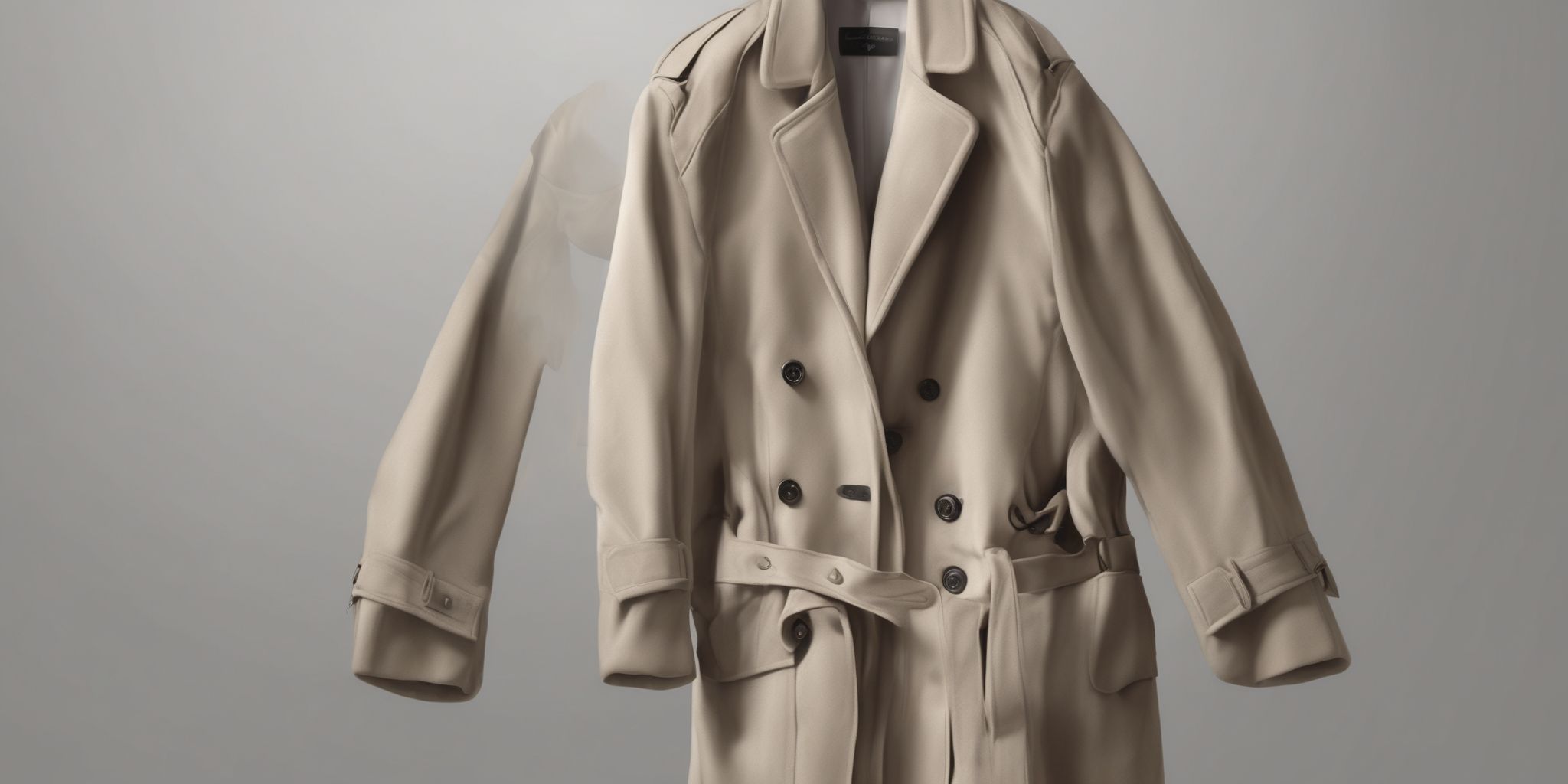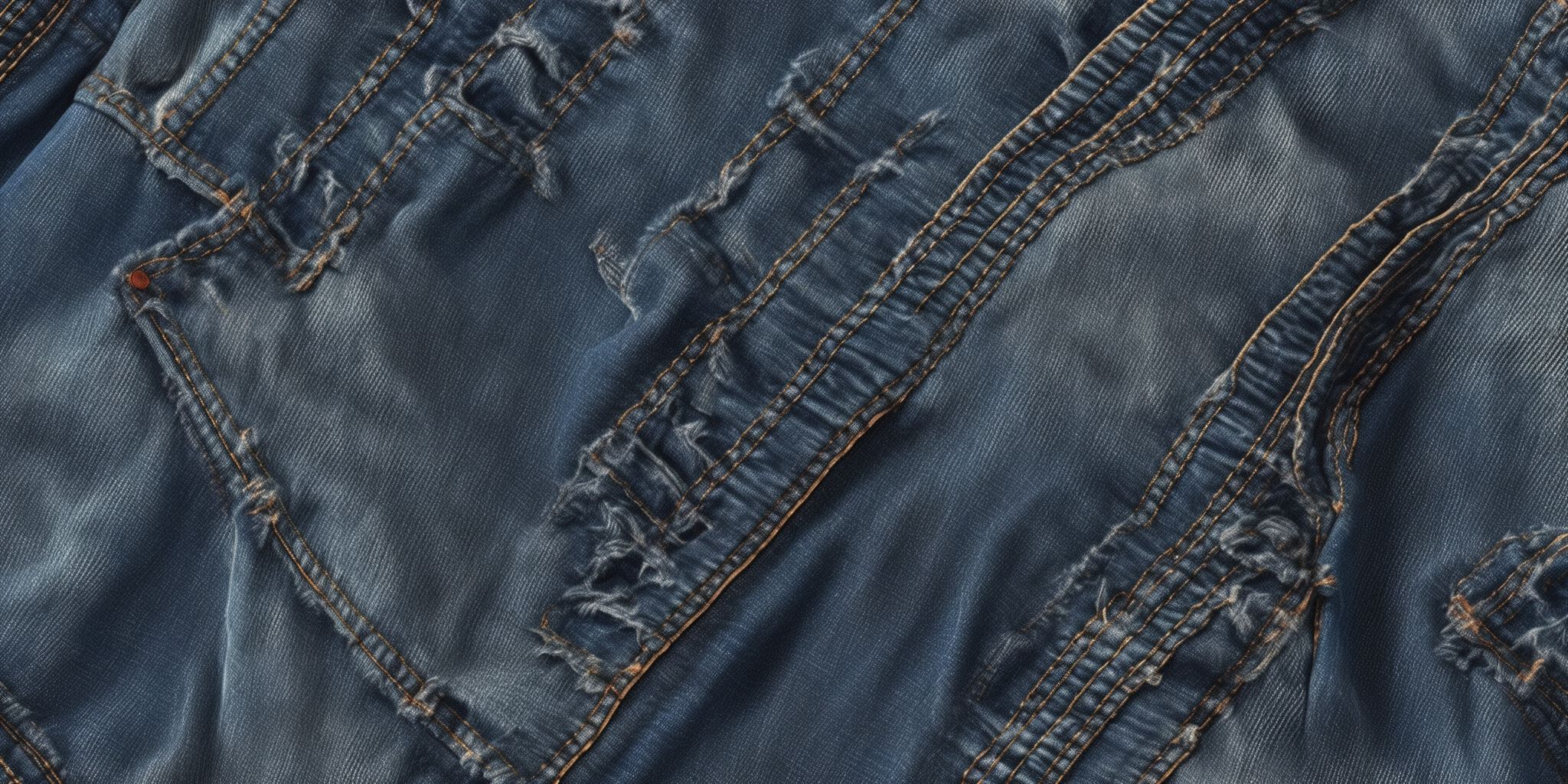From Fast Fashion to Sustainable Profits: The Financial Shift Behind Ethical Shopping Habits
For years, most of us didn’t give much thought to where our clothes came from. If something looked nice and didn’t cost much, that was good enough. But now, things are starting to shift. More people are thinking beyond just trends and price tags.
This quiet change is shaping a new kind of fashion mindset. One that’s more thoughtful, more aware, and more connected to the real world.
In this article, we’ll explore how these new shopping habits are changing the way we see style.
People Want to Know Who’s Behind Their Fashion
These days, more shoppers want to know who made their fashion — whether it's clothing, accessories, or even everyday items like handbags. In the past, most people didn’t think much about where things came from. But now, with growing attention on unfair labor practices, that’s changing.
Many factory workers still face unsafe conditions, long hours, and poor pay. As a result, people are shifting toward brands that are open about their production — sharing how items are made, who’s involved, and what working conditions look like.
This transparency helps build trust. Whether someone is buying handmade dresses or thoughtfully crafted luxury handbags, they want to feel that their money is supporting fair treatment and real craftsmanship.
Today, fashion isn’t just about what you wear — it’s about what it stands for.
People Want Clothes That Last Longer
Fast fashion made it easy to buy many clothes for low prices. But most of those clothes don’t last very long. They get damaged or lose their shape after just a few washes.
Now, many people are thinking differently. They’d rather buy fewer clothes — but ones that are made well and built to last. One good shirt that stays sharp for years feels better than five that fall apart quickly.
As Clive Gray, from London Review of Suit Tailors puts it, “When something fits you well and holds its shape over time, you wear it differently — with more pride, and more care.”
This shift also reduces waste. Durable clothes don’t end up in landfills so fast. People mend them, pass them down, or keep them longer. And there’s real value in that — not just in how long they last, but in how they make you feel.
Secondhand Clothes Are Popular Now
Not long ago, many people didn’t like the idea of wearing used clothes. They thought it was only for people who couldn’t afford new things. But that’s changing fast.
Now, secondhand clothes are popular. People shop at thrift stores, vintage shops, and even apps that sell pre-loved fashion. It’s seen as fun and creative—like finding a hidden treasure.
It also helps the planet. Dan Close, Founder and CEO at We Buy Houses in Kentucky, shares, “When we buy used clothes, we waste less and use fewer new materials. That’s better for the environment.”
Many people enjoy putting together outfits that are different from what stores sell. Secondhand clothes often have unique styles and stories behind them.
Small and Local Brands Are Getting More Love
Big fashion companies used to get all the attention. But now, more people are turning to small, local, or handmade brands. They like knowing exactly where their clothes come from and who made them.
Shopping locally feels more personal. It supports real people—like a designer in your town or a family-run business online. These brands often make clothes in small amounts, which means less waste and more care in each piece.
In an interview, Noam Friedman, CMO of Tradeit, said, “Interestingly, the desire to stand out isn’t just limited to fashion — it’s something we’ve seen in gaming too. Back in the Counter-Strike 1.6 days, rare skins became a way for players to express their identity. That same mindset is now showing up in fashion — people want fewer, more meaningful pieces instead of mass-produced stuff.”
That’s why local brands are thriving. They’re more transparent, more connected, and more human. You’re not just buying fashion — you’re buying into a story. And that makes what you wear feel truly yours.
Style Is Getting More Personal
Fashion isn’t just about outfits anymore — it’s about everything we choose to wear and why. That includes clothes, accessories, and even engagement rings. People want things that feel personal and lasting, not just trendy.
With clothes, that might mean choosing a handmade shirt or even exploring on-demand T-shirt printing over something mass-produced. With jewelry, it could be picking an engagement ring that’s crafted by a local artist, made from recycled gold, or features a lab-grown diamond. These small choices say something bigger: “I care where this came from.
As Matt Bick, Director of Alan Bick Engagement Rings, explains, “Today’s buyers aren’t just looking for sparkle — they’re looking for meaning. They want rings that tell a story, made with care, not mass production.”
It’s all part of the same shift. Whether someone’s buying a jacket or a ring, they want to know the story behind it. Who made it, how it was made, and what impact it has. Style now goes hand-in-hand with meaning — and people are proud to wear things that reflect their values.
People Care About What Clothes Are Made Of
More shoppers are paying attention to the fabric used in their clothes. They want to know what it’s made from and how it affects the planet. In the past, most people didn’t check tags. But now, they do.
Clothes made from natural or recycled materials—like organic cotton, bamboo, or reused fabric—are getting more popular. These materials are softer on the skin and better for the environment. On the other hand, clothes made from plastic-based fabrics, like polyester, can take hundreds of years to break down.
David L. Stone, Jr., Founder and CEO of Solid Stone Fabrics, adds, “People are avoiding materials that need a lot of water or chemicals to produce. They want clothes that are safer for the earth, the workers, and themselves.”
Now, the type of fabric isn’t just a small detail. It’s a big part of how people decide what to buy. And it shows that fashion is not only about how something looks, but how it’s made.
Renting and Swapping Are New Ways to Dress
Not everyone wants to buy and keep lots of clothes anymore. “Some brands are renting clothes for events or even everyday use. Others are swapping with friends or using apps to trade outfits. It’s a fresh way to enjoy fashion without always buying new things,” shares Sumeer Kaur, Founder of Punjabi Suits.
Renting lets you try new styles without the cost of owning them. Swapping is fun, social, and helps reduce waste. These habits are growing because they’re better for the planet and also save money.
This change shows that owning something forever isn’t the only way to enjoy it. People are learning that they can look good, feel good, and still keep their closets light.
Conclusion
The way people think about fashion is changing. Shoppers are no longer just focused on trends or cheap prices. Many now want to know where their clothes come from, who made them, and what effect they have on the world. This has made fashion more thoughtful and personal.
More people are choosing quality over quantity. They are buying second hand, renting outfits, or swapping with others. Small and local brands are also getting more attention because they offer something real and meaningful.
These habits are not just better for the planet, but they also help people feel more connected to what they wear. And as more people shop this way, fashion moves toward a future that is fair, kind, and built to last.


